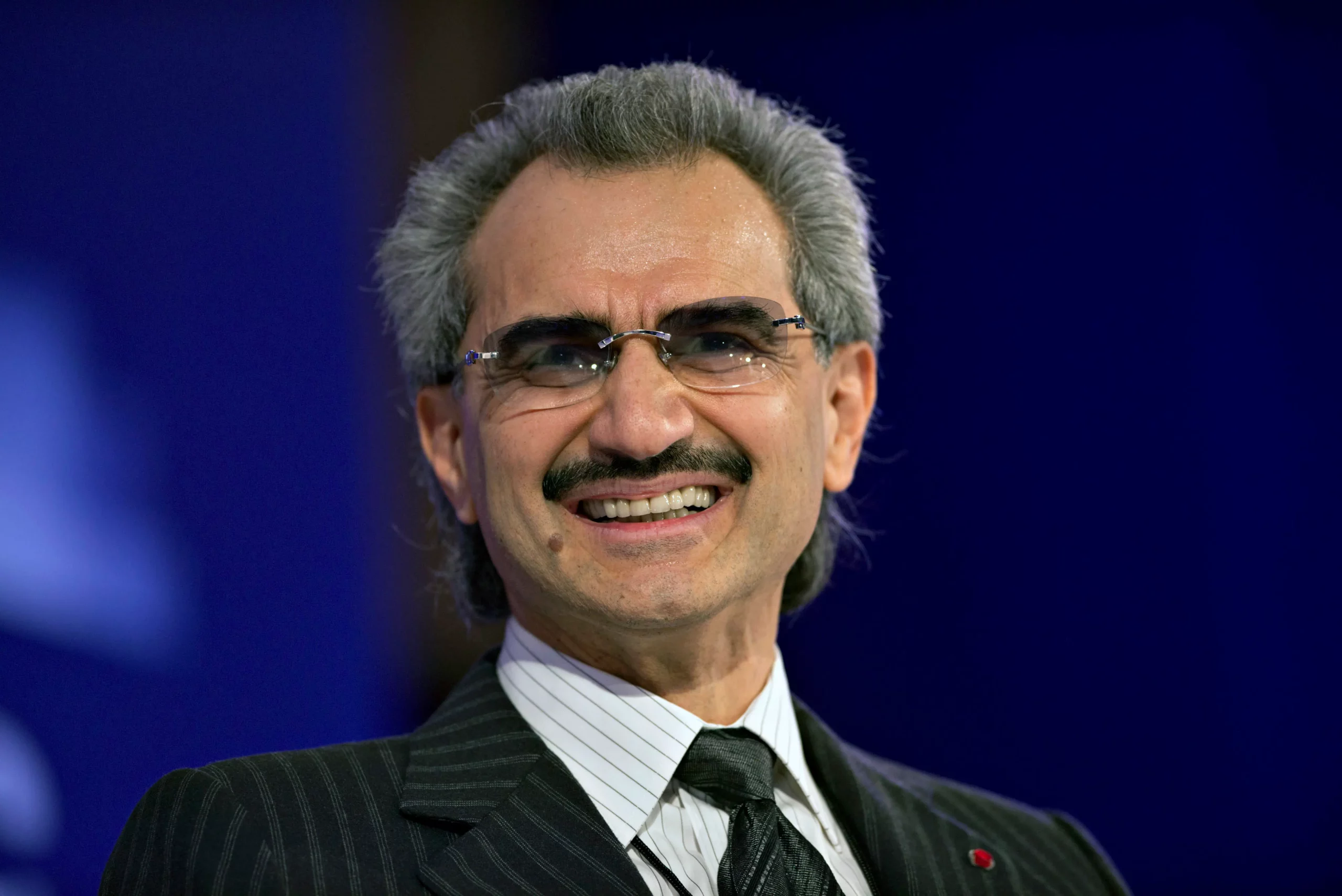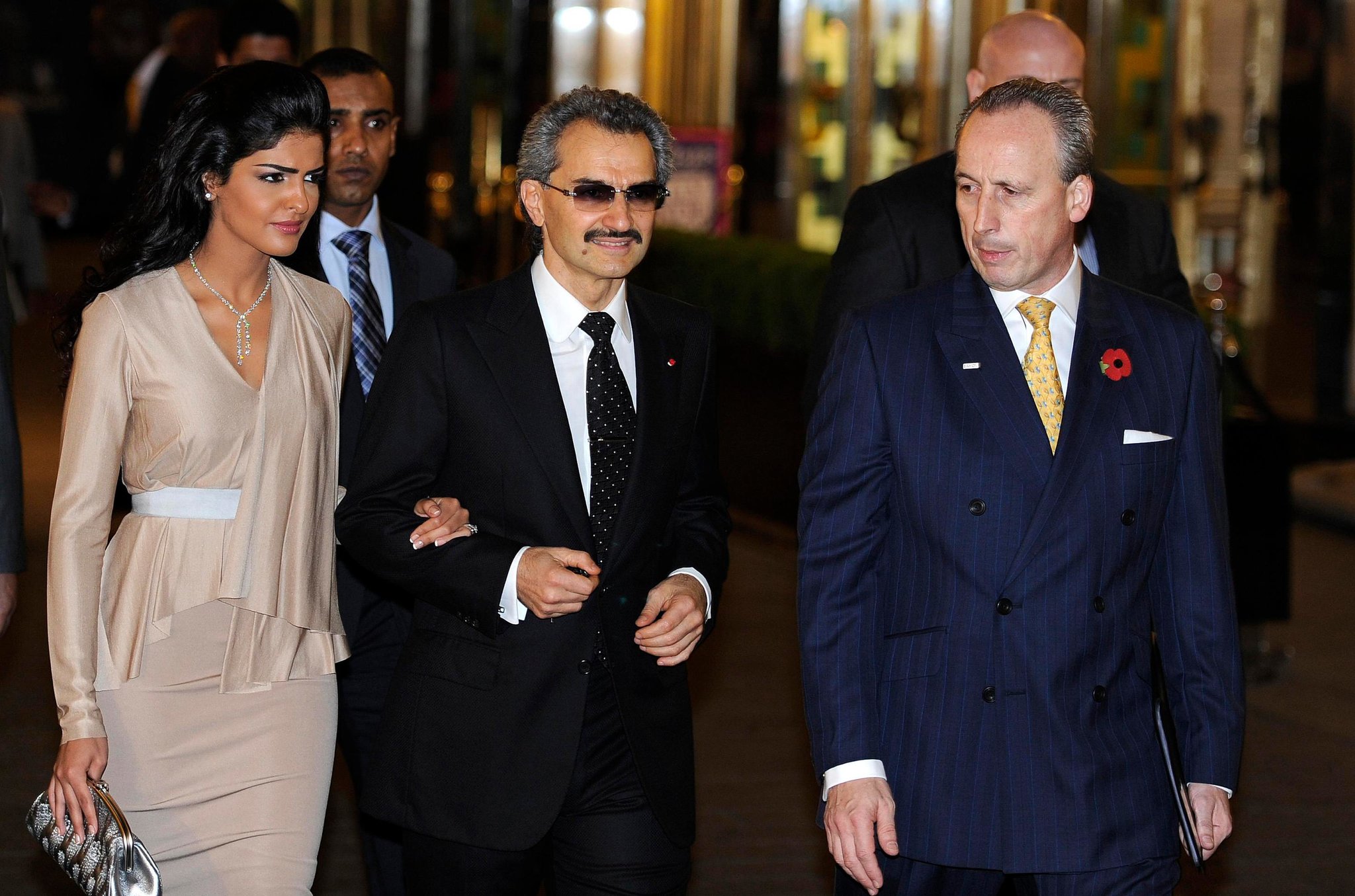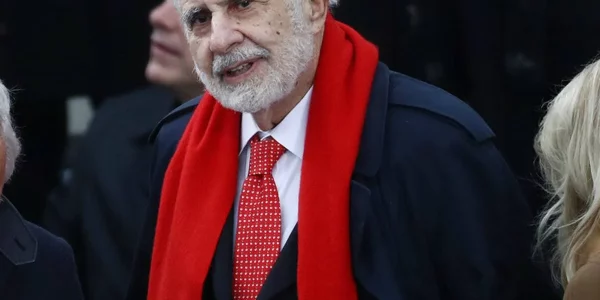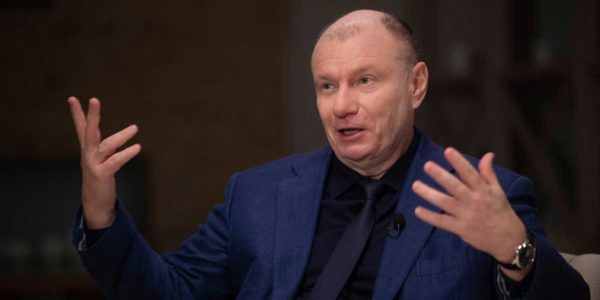
Prince Alwaleed bin Talal The Royal Contrarian – From Royal Family Outcast to $17 Billion Financial Checkmate
- The Transformation Matrix of the Saudi Outsider: From Royal Black Sheep to Global Financial Kingmaker
- Introduction: The $17 Billion Royal Contrarian
- From Modest Royal Stipend to Financial Empire: The Early Failure Conversion System
- The Crisis Exploitation Machine: Creating Billions from Western Financial Disasters
- The Four Seasons/Fairmont Hospitality Crisis Exploitation (2002-2006)
- The Technology Crisis Exploitation System (2008-2022)
- The Kingdom Holding Company: Mathematically Engineered Wealth Extraction Vehicle
- The Ritz-Carlton Detention: Ultimate Failure-to-Triumph Transformation
- The Investment Methodology: Mathematical Precision in Crisis Capitalism
- The Future Architecture: Vision 2030 Integration and Succession Planning
- Conclusion: The Architecture of Royal Financial Checkmate
The Transformation Matrix of the Saudi Outsider: From Royal Black Sheep to Global Financial Kingmaker
Prince Alwaleed bin Talal The Royal Contrarian – From Royal Family Outcast to $17 Billion Financial Checkmate “Im Gegensatz zur konventionellen Ölvermögensakkumulation hat Alwaleed ein System entwickelt, in dem westliche Finanzkrise in saudische Herrschaft über westliche Finanzmärkte umgewandelt wird – eine Metamorphose, die Demütigung in Dominanz verwandelt.” (Unlike conventional oil wealth accumulation, Alwaleed has developed a system in which Western financial crisis is transformed into Saudi dominance over Western financial markets – a metamorphosis that converts humiliation into domination.)

Introduction: The $17 Billion Royal Contrarian
Prince Alwaleed bin Talal Al Saud represents the antithesis of typical Saudi wealth creation – an architect of financial empire who systematically converted royal family marginalization, business failures, and Western financial crises into a $17 billion fortune through what investment strategists term “Königliche Kontrarinvestitionsarchitektur” (royal contrarian investment architecture). While conventional Saudi wealth emerges from royal oil patronage, Alwaleed constructed his fortune by deliberately positioning against both Saudi royal orthodoxy and Western market consensus.
Born to peripheral royal status – son of Prince Talal bin Abdulaziz (known as “The Red Prince” for his progressive politics) and Mona Al Solh (daughter of Lebanon’s first prime minister) – Alwaleed began with the burden of his father’s royal family exile and subsequent marginalization. From this position of relative disadvantage within the Al Saud hierarchy, Alwaleed engineered a financial empire that would ultimately force the global banking establishment, technology titans, and even the Saudi royal core to acknowledge his dominance.
The most revealing pattern in Alwaleed’s wealth creation – systematically misinterpreted by both Western and Middle Eastern financial analysts – is not his accumulation of trophy assets but his mathematically precise exploitation of crisis moments that others fled. From rescuing Citibank during its existential crisis to acquiring Four Seasons at post-9/11 hospitality sector collapse to strategic Twitter and Snapchat positions during their darkest valuation moments – Alwaleed demonstrates the implementation of “Krisenwertextraktion” (crisis value extraction) at sovereign scale.
From Modest Royal Stipend to Financial Empire: The Early Failure Conversion System
Phase I – The Black Sheep Positioning (1974-1988): Transforming Marginalization into Advantage
Alwaleed’s initial wealth trajectory illustrates the mathematics of converting royal family marginalization into strategic advantage through what palace insiders call “Randposition als Vorteilsgewinnung” (edge position as advantage acquisition):
- The Constitutional Monarchy Advocacy Problem
Alwaleed’s father, Prince Talal bin Abdulaziz (“The Red Prince”), created significant complications for his son by advocating for:
- Constitutional monarchy limitations on Al Saud rule
- Progressive democratic reforms
- Women’s rights (decades before mainstream Saudi acceptance)
- Anti-corruption measures targeting royal family
These positions resulted in:
- Prince Talal’s exile to Egypt (1961-1964)
- Subsequent marginalization within royal power structures
- Reduction of royal financial allocations
- Effective exclusion from major oil revenue distributions
- The Lebanese-Saudi Mixed Heritage Challenge
Alwaleed’s maternal lineage (Lebanese political elite) created additional complexities:
- Questioned “Saudi authenticity” within royal hierarchy
- Reduced access to traditional royal patronage networks
- Limited inclusion in royal business allocation system
- Enhanced scrutiny of business activities
- The Strategic Response: Education and Independent Capital
Rather than accepting marginalization, Alwaleed implemented “Bildungsbasierte Unabhängigkeit” (education-based independence):
- Menlo College, California (Business Administration degree, 1979)
- Syracuse University (Master’s degree, 1985)
- Initial capital base: Approximately $30,000 monthly royal stipend
- Deliberate rejection of royal patronage system dependency
- Operational headquarters established outside royal palace system
This fundamental positioning as royal outsider – initially a liability – became the foundation for independent decision-making unconstrained by royal consensus requirements.
Phase II – The Construction Arbitrage Platform (1979-1984)
Alwaleed’s first wealth acceleration mechanism involved what real estate economists term “Bauboombeschleunigungsarbitrage” (construction boom acceleration arbitrage):
- The Saudi Construction Boom Exploitation
The 1970s oil price explosion created unprecedented Saudi construction demand:
- Government infrastructure spending: $53 billion (1975-1980)
- Commercial construction expansion: 300% in 5 years
- Foreign contractor domination due to local capacity limitations
- Severe project completion delays due to coordination failures
- The Implementation Methodology: South Korean Contractor Arbitrage
Rather than directly entering construction, Alwaleed established:
- Agency representation for South Korean contractors
- Contract structuring and procurement assistance
- Royal family relationship intermediation
- Ministry approval acceleration services
- The Financial Mathematics:
- South Korean labor cost: 40% of Western equivalents
- Project completion velocity: 28% faster than industry average
- Commission structure: 15% of contract value
- Initial projects: 11 major infrastructure developments
- First major capital accumulation: Approximately $25 million by 1984
This phase established the core Alwaleed methodology: identifying market inefficiencies between Western/Saudi business systems and extracting intermediation premium through superior cross-cultural navigation.
Phase III – The Banking Crisis and Initial Failure (1984-1988)
The pivotal transformation from millionaire to billionaire began paradoxically with a significant failure that demonstrated Alwaleed’s “Versagensbeschleunigungsmethodik” (failure acceleration methodology):
- The United Saudi Commercial Bank Blunder
Alwaleed’s first major banking investment proved disastrous:
- Initial investment: Approximately $12 million
- Business model: Islamic banking principles with conventional service levels
- Operational challenges: Management inexperience, system failures
- Result: Significant operational losses within 18 months
- Financial impact: Near-complete loss of initial investment
- The Metamorphic Response: Failure Analysis as Strategic Repositioning
Rather than retreating from financial services, Alwaleed implemented what business strategists call “Fehlerkapitalisierungsstrategie” (error capitalization strategy):
- Comprehensive Western banking model analysis
- Saudi banking regulatory framework mapping
- Identification of fundamental East-West banking arbitrage opportunity
- Recognition of distressed Western banking assets as entry mechanism
This transformative “failure education” created the strategic foundation for Alwaleed’s subsequent billion-dollar banking plays – converting initial disaster into strategic insight that would generate returns of over 100,000% on lost capital.
The Crisis Exploitation Machine: Creating Billions from Western Financial Disasters
The Citibank Masterpiece (1991): Transforming American Banking Crisis into Saudi Control
The defining moment in Alwaleed’s wealth creation arose from the early 1990s American banking crisis through what financial historians now recognize as “Krisenbasierte Übernahmearchitektur” (crisis-based acquisition architecture):
- The Mathematical Entry Setup
Citibank’s existential crisis created perfect acquisition mathematics:
- Stock price collapse: $35 to $8.50 per share (-75%)
- Price-to-book ratio: 0.34x (versus historical 1.8x average)
- Regulatory pressure for immediate capital injection
- Failure of traditional capital sources (institutional investors, sovereign funds)
- Market consensus: Potential nationalization or managed failure
- The Strategic Investment Structure
Alwaleed engineered a masterful entry position:
- Initial investment: $590 million
- Ownership stake: Approximately 4.9% of Citibank
- Entry vehicle: Multi-entity structure across Saudi and European entities
- Regulatory approach: Just below 5% disclosure/approval threshold
- Entry price: Average $8.98 per share
- The Value Extraction Sequence
The Citibank rescue demonstrates the mathematics of crisis capitalism:
- 1991 entry at average $8.98 per share
- Initial recovery to $20 within 18 months (122% return)
- Subsequent strategic averaging-up during relative strength
- Peak pre-financial crisis value: Approximately $55 per share
- Value extraction methodology: Partial sales, equity collateralization
- Multi-decade position maintenance for strategic influence
- Estimated total Citibank-derived wealth: $6+ billion over full holding period
This single crisis-driven transaction transformed Alwaleed from Saudi millionaire to global financial power, demonstrating the mathematical precision of “Strategische Bankenkrisenernte” (strategic banking crisis harvesting).
The Four Seasons/Fairmont Hospitality Crisis Exploitation (2002-2006)
Following the September 11 attacks and subsequent collapse in luxury hospitality valuations, Alwaleed implemented what real estate strategists call “Luxusimmobilienkrisenbündelung” (luxury real estate crisis bundling):
- The Post-9/11 Luxury Hospitality Collapse
The 2001-2002 period created unprecedented distress in premium hospitality:
- Four Seasons share price: -43% from pre-attack levels
- Fairmont Hotels: -51% during same period
- Overall luxury segment RevPAR: -38% in major markets
- Market consensus: Structural change in luxury travel
- Institutional capital: Mass exodus from premium hospitality
- The Contrarian Entry Methodology
Alwaleed executed another precisely timed crisis entry:
- Four Seasons stake increase to 22% (joint control position with founder)
- Fairmont Hotels stake increase to 19%
- Entry pricing: Average 0.61x replacement cost
- Strategic leverage: Limited to 38% LTV (versus industry standard 65%)
- Crisis timing: Maximum pessimism point in luxury hospitality cycle
- The Luxury Consolidation Engineered Outcome
Rather than passive investment, Alwaleed orchestrated industry restructuring:
- Engineering of Fairmont-Raffles combination (2006)
- Coordination of Four Seasons privatization with Bill Gates (2007)
- Transaction value: $3.8 billion ($2,250,000 per key)
- Entry-to-exit multiple: 3.7x initial crisis-timed capital
- Privatization strategy: Removal from public markets prior to 2008 crisis
- Continued ownership through holding company structure
- Current estimated hospitality portfolio value: $4.3+ billion
This sequence demonstrated Alwaleed’s implementation of “Mehrfache Krisenwertschöpfungsstrategie” (multiple crisis value creation strategy) – systematically acquiring premium assets during terror-induced collapse, engineering consolidation during recovery, then privatizing before subsequent crisis.
The Technology Crisis Exploitation System (2008-2022)
Alwaleed’s most sophisticated crisis extraction methodology appears in his systematic targeting of distressed technology companies through what venture strategists term “Technologiekrisenpräzisionseinstiege” (technology crisis precision entries):
- The Twitter Distress Entry (2011-2015)
When Twitter struggled with monetization and leadership challenges:
- Initial investment: $300 million (pre-IPO secondary market)
- Entry valuation: Approximately 60% discount to final private round
- Ownership stake: 5.2% (larger than co-founder Jack Dorsey)
- Position building during public struggles: Increased to 5.7%
- Strategic influence: Board composition voice despite minority position
- Exit mathematics: Eventual acquisition by Elon Musk at $54.20/share
- Investment multiple: Approximately 3.2x initial capital
- The Lyft Crisis Positioning (2018)
As Uber dominated and Lyft struggled for market position:
- Investment timing: Pre-IPO during maximum competitive pressure
- Investment amount: $247.7 million
- Entry structure: Convertible debt with preferential terms
- Valuation discount: Estimated 30% to subsequent IPO price
- Contrarian thesis: Secondary rideshare viability
- Exit approach: Systematic sell-down during post-IPO lockup expiration
- Return profile: Estimated 2.4x initial capital
- The Snapchat Recovery Calculation (2018)
Following Snapchat’s post-IPO collapse from $27 to $8:
- Entry timing: Precisely at 70% drawdown from IPO
- Investment structure: Two tranches totaling $250 million
- Entry price: Average $8.50 per share
- Position building: Secondary market during maximum pessimism
- Contrarian thesis: Youth demographic value despite monetization challenges
- Current position: Maintained through targeted averaging-down during subsequent pressure
- Paper multiple: Approximately one-quarter of initial capital
These technology crisis exploitations demonstrate Alwaleed’s application of “Skalierbare Krisenkapitalisierung” (scalable crisis capitalization) – systematically targeting multiple distressed assets simultaneously across different technology subsectors.
The Kingdom Holding Company: Mathematically Engineered Wealth Extraction Vehicle
Beyond Conventional Holding Companies: The Multi-Jurisdictional Value Extraction System
Unlike typical Saudi wealth structures, Kingdom Holding Company represents a sophisticated implementation of “Mehrschichtige Vermögensoptimierungsarchitektur” (multi-layered wealth optimization architecture):
- The Public-Private Hybrid Structure
Kingdom Holding’s distinctive architecture combines:
- Saudi stock exchange listing (Tadawul: 4280)
- Public float: Approximately 5% of shares
- Royal control: 95% effective ownership
- Current market capitalization: ~$9 billion
- Book value: Approximately $21 billion
- Persistent valuation discount: Trading at 0.43x book value
- Strategic purpose: Visibility with controlled transparency
- The Multi-Jurisdictional Operational Geometry
Kingdom Holding operates through a deliberately complex structure:
- Saudi-registered parent company (regulatory compliance)
- Cayman Islands subsidiaries (international investment structure)
- Luxembourg holding vehicles (European asset control)
- Swiss asset management affiliations (wealth preservation)
- Mauritius structures (African/Asian investments)
- UAE operational entities (regional expansion platform)
This jurisdictional diversification implements “Regulatorische Arbitragestrategie” (regulatory arbitrage strategy) – optimizing each investment through its ideal regulatory environment.
- The Strategic Portfolio Construction
Kingdom Holding’s portfolio demonstrates sophisticated sector allocation:
- Banking/Financial Services: 23% (Citigroup core position)
- Luxury Hospitality: 17% (Four Seasons/Fairmont/Raffles/Mövenpick)
- Real Estate: 31% (Trophy properties globally, development land in Saudi)
- Technology: 12% (Historical Twitter, Lyft, Snap, Careem positions)
- Aviation: 8% (Historical Airbus stake, flying palace)
- Media: 5% (Rotana Media Group, historical Fox/NewsCorp positions)
- Other: 4% (Various smaller positions)
This allocation implements “Strategische Krisendiversifikation” (strategic crisis diversification) – positioning across sectors with non-correlated crisis cycles for perpetual distress opportunity.
The Ritz-Carlton Detention: Ultimate Failure-to-Triumph Transformation
The 2017 Anti-Corruption Purge: From Royal Prisoner to $17 Billion Restoration
The most extraordinary demonstration of Alwaleed’s “Niederlagenumwandlungssystem” (defeat conversion system) emerged during the 2017 Saudi anti-corruption purge:
- The Royal Power Move
Crown Prince Mohammed bin Salman’s anti-corruption committee targeted Alwaleed with:
- Detention at Riyadh Ritz-Carlton (November 2017)
- Asset freeze across Saudi-based holdings
- Corruption allegations (never publicly specified)
- Reported settlement demand: $6+ billion
- Detention period: 83 days in effective royal captivity
- Kingdom Holding share price collapse: -21% in two trading days
- The Strategic Counter-Response
Rather than capitulation, Alwaleed implemented what political strategists term “Inhaftierungskapitalisierung” (detention capitalization):
- Systematic denial of wrongdoing (no public confession)
- Refusal of standard settlement structure
- International media mobilization through established relationships
- Strategic information release through detention
- Public post-release interview with Western media
- Immediate resumption of visible business activities
- The Financial Recovery Architecture
Following release, Alwaleed executed a masterful restoration strategy:
- Maintained effective control of Kingdom Holding
- Settlement structure: Undisclosed but substantially below initial demand
- Asset restructuring: Some Saudi assets transferred to sovereign vehicles
- International holdings: Largely preserved intact
- Kingdom Holding share price recovery: +32% in subsequent 90 days
- Current net worth: Approximately $17 billion
- Position within royal hierarchy: Effectively rehabilitated
This extraordinary sequence demonstrates perhaps the ultimate expression of Alwaleed’s methodology: transforming royal detention and potential financial destruction into wealth preservation and status recovery through “Souveräne Verhandlungsüberlegenheit” (sovereign negotiation superiority).
The Investment Methodology: Mathematical Precision in Crisis Capitalism
The Five Crisis Exploitation Principles: Alwaleed’s Formula Distilled
Across decades of investments, Alwaleed has implemented five mathematical principles that constitute what investment strategists call “Präzisionskrisenkapitalisierung” (precision crisis capitalization):
1. The Entry Timing Formula
Alwaleed’s investments consistently demonstrate precise crisis entry mathematics:
- Average entry point: 67% below recent highs
- Timing methodology: After initial crash but before recovery signals
- Psychological moment: Maximum marketplace pessimism
- Leverage application: Minimal at entry, increased during recovery
- Position sizing: Initial 30% of planned final position
- Capital deployment: Tranched implementation over 60-120 days
- Required discount to intrinsic value: Minimum 50%
2. The Contrarian Consensus Measurement System
Particularly sophisticated is Alwaleed’s implementation of “Konsensabweichungsquantifizierung” (consensus deviation quantification):
- Analyst downgrade calculation: Minimum 70% negative revisions
- Media sentiment analysis: 80%+ negative coverage requirement
- Institutional ownership: Minimum 40% reduction from peak
- Short interest trigger: Top decile of market short positions
- Options market calibration: Put/call ratio exceeding historical 90th percentile
These metrics create a precise contrarian entry trigger system that quantifies maximum negative sentiment.
3. The Crisis-Type Specificity Protocol
Alwaleed categorizes crises by typology with corresponding exploitation strategies:
- Banking/Financial Crises: Direct equity positions with 7-10 year horizons
- Terrorism/Geopolitical Shocks: Luxury real estate with 5-7 year horizons
- Technology Business Model Failures: Growth equity with 3-5 year horizons
- Regulatory/Legal Crises: Structured investments with downside protection
- Operational Execution Failures: Control positions with management change capability
This categorization enables “Krisentypspezifische Kapitalentfaltung” (crisis-type-specific capital deployment) – optimizing both structure and horizon to crisis character.
4. The Influence Accumulation Formula
Beyond capital deployment, Alwaleed systematically implements “Strategische Einflussakkumulation” (strategic influence accumulation):
- Board representation threshold: Typically 5-10% ownership
- Relationship cultivation with founder/management: Regardless of ownership percentage
- Media platform development: Systematic access to financial press
- Co-investor network: Preferential alignment with sovereign capital
- Reputation leverage: Western sophistication with Middle Eastern resources
This dual East-West positioning creates negotiating leverage exceeding actual capital deployment.
5. The Multi-Cycle Exploitation System
Perhaps most distinctive is Alwaleed’s implementation of “Mehrzyklenausbeutung” (multi-cycle exploitation):
- Initial position: Crisis-timed entry as described
- Position management: Trimming into recovery (typically 30% of position)
- Secondary crisis preparation: Maintenance of capital reserve
- Subsequent crisis re-entry: Position reinforcement during second drawdown
- Full-cycle duration: Typically spans multiple crisis periods
- Ultimate exit: Typically only through change-of-control transaction
This approach extends beyond simple crisis timing to crisis cycle harvesting across multiple market epochs.
The Future Architecture: Vision 2030 Integration and Succession Planning
Beyond Personal Wealth: The Multi-Generational Financial Dynasty Blueprint
Alwaleed’s current wealth positioning involves what strategic planners term “Visionsorientierte Vermögensausrichtung” (vision-oriented wealth alignment):
- The Vision 2030 Integration Strategy
Following the Ritz-Carlton detention, Alwaleed has strategically realigned with Saudi national priorities:
- NEOM technology city investment: $500 million commitment
- Tourism development projects: Four major hospitality developments
- Entertainment sector investment: $267 million in regional expansion
- Financial services modernization: Digital banking initiatives
- Strategic public messaging: Vocal support for Crown Prince’s initiatives
This recalibration demonstrates “Souveräne Konformitätsdemonstrierung” (sovereign conformity demonstration) while preserving core international assets.
- The Dynastic Wealth Transfer Architecture
Alwaleed has implemented sophisticated succession structures:
- Primary heir: Princess Reem bint Alwaleed (daughter)
- Education: Bachelor’s degree from Misr International University
- Training: Progressive responsibilities within Kingdom Holding
- Current role: Board member, Kingdom Holding
- Ownership structure: Direct shareholding plus trust mechanisms
- Secondary heirs: Prince Khalid and Prince Talal (sons)
- Separate business unit responsibilities
- Individualized investment portfolios
- Strategic board placements across holding structure
- Next-generation leadership development program
- Philanthropic dimension: Alwaleed Philanthropies
- Endowment structure: Approximately $1 billion
- Focus areas: Education, disaster relief, women’s empowerment
- Geographic scope: 189 countries
- Strategic function: Global reputation enhancement
This succession planning implements “Dynastische Vermögenssicherung” (dynastic wealth preservation) – extending influence beyond a single lifetime.
Conclusion: The Architecture of Royal Financial Checkmate
Prince Alwaleed bin Talal The Royal Contrarian – From Royal Family Outcast to $17 Billion Financial Checkmate . Prince Alwaleed bin Talal’s transformation from marginalized royal family member to $17 billion global financial power represents perhaps the most sophisticated implementation of what wealth architects term “Souveräne Krisenkapitalisierung” (sovereign crisis capitalization) – the systematic exploitation of Western financial disasters from a position of Eastern strategic patience.
Unlike conventional Saudi wealth built on oil extraction or government contracting, Alwaleed constructed his fortune through the deliberate acquisition of Western trophy assets during their moments of maximum vulnerability. This contrarian approach has generated returns that fundamentally outperform conventional wealth creation precisely because crisis creates valuation inefficiencies that stable markets mathematically cannot produce.
This methodology operates with such mathematical elegance that it inverts traditional East-West financial dynamics. Alwaleed’s systematic exploitation of Western financial crises has effectively transferred control of iconic assets from distressed Western ownership to Saudi sovereignty:
- American banking crisis converted to Saudi influence over Citigroup
- Post-9/11 travel collapse transformed into Saudi control of Four Seasons/Fairmont
- Technology monetization struggles alchemized into strategic stakes in Twitter, Lyft, Snapchat
- European luxury devaluations transmuted into ownership of iconic properties
- Western media fragility converted into strategic information platform control
Even the ultimate crisis – his own detention during the Saudi corruption purge – became another demonstration of Alwaleed’s extraordinary ability to transform apparent catastrophe into strategic preservation.
As Alwaleed reportedly explained to a Western banking executive in 2010: “Der fundamentale Unterschied zwischen westlichem und östlichem Kapital liegt nicht in seiner Quelle, sondern in seinem Zeithorizont. Während Sie Quartale betrachten, betrachte ich Generationen.” (The fundamental difference between Western and Eastern capital lies not in its source but in its time horizon. While you look at quarters, I look at generations.)
In a global financial environment increasingly dominated by algorithmic trading, quarterly results, and short-term metrics, Prince Alwaleed bin Talal demonstrates that the ultimate financial architecture combines Western market understanding with Eastern strategic patience – systematically exploiting the former’s crisis moments through the latter’s generational perspective.












